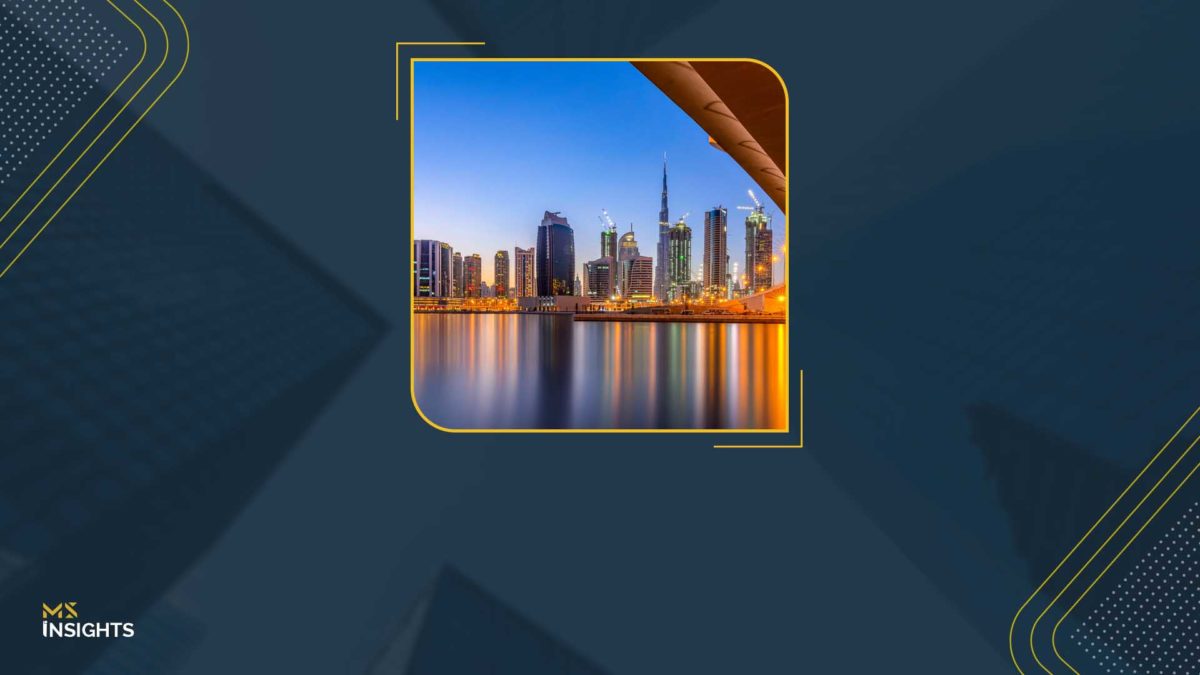Across the Gulf, momentum is unmistakable.
A rising wave of expatriate capital, cross-border entrepreneurs, and international operators is reshaping the region’s commercial landscape. Driven by regulatory reforms and national diversification agendas, the Gulf has emerged as a preferred destination for strategic expansion and capital deployment.
But with pace comes exposure.
As market entry accelerates, so too do the risks – informal partnerships, overstated valuations, opaque structures, and regulatory inconsistencies remain part of the terrain. In such an environment, the line between promising opportunity and structural vulnerability is often difficult to see, and costly to ignore.
Due diligence in the Gulf is the discipline that helps to tackle these risks, filters narrative from fact, and anchors decision-making in what is known rather than what is assumed.
It questions the structure behind the story and exposes what lies beneath the surface, commercially, legally, operationally, and reputationally.
The Architecture of Robust Due Diligence in the Gulf
1. Strategic Alignment, Not Just Risk Review
Exceptional diligence begins before the first data request is issued. It starts with a sharp articulation of strategic intent:
- What synergies must actually materialize, as envisioned in the deal rationale, for that value to be realized?
- Which variables must be validated and not just checked?
- What complementary strengths and commercial assumptions underpin the valuation, and do they hold up under real-world conditions?
2. Integrated, Multi-Domain Expertise
A fragmented diligence team results in fragmented insights. World-class due diligence in the Gulf relies on integrated, cross-functional teams that combine:
- Financial & operational insight: not just accounting, but business model intelligence
- Regulatory and legal depth: spanning jurisdictions and sector-specific regimes
- Tax structuring capability: early visibility into post-deal optimisation pathways
- Technology and cyber assessment: security, scalability, and integration readiness
- ESG and reputational due diligence: for long-term license to operate
- Human capital and leadership mapping: identifying key value carriers and continuity risks
3. Commercial and Operational Insight at the Core
Financial metrics alone rarely tell the full story.
- Are margins sustainable or artificially inflated?
- Is revenue diversified, recurring, and contractually secure?
- How resilient is the supply chain and operational footprint?
- Are customer economics, lifetime value, acquisition and retention metrics fully understood?
4. Technology Infrastructure and Digital Risk Review
Technology is now central to enterprise value regardless of sector.
- Is the IT architecture future-fit?
- Are there cybersecurity vulnerabilities that present latent risk?
- What’s the real cost of tech integration or non-integration?
- Are digital assets properly valued, protected, and compliant?
5. Legal, Compliance & Regulatory Precision
Legal and compliance reviews are no longer confined to document validation. They’re predictive in nature focused on identifying exposures that could evolve into material risk post-close.
- Change-of-control clauses, litigation trends, IP enforceability
- Multi-jurisdictional compliance (AML, data, tax, ESG)
- Contractual obligations that impair strategic flexibility
6. Human Capital and Leadership Continuity
Most transactions underestimate the human element. But for due diligence in the Gulf, the reality is: talent retention, leadership continuity, and cultural fit are often the most decisive factors in value realization.
- Who are the critical roles and are they incentivized to stay?
- Is the management bench resilient or founder-dependent?
- What’s the post-deal talent risk profile?
- How resilient is the integration thesis in ensuring smooth transition?
7. ESG, Reputation & Stakeholder Risk
Reputation, governance, and ESG exposure are increasingly scrutinised, not just by regulators, but by shareholders, LPs, and the public. A credible due diligence in the Gulf assesses:
- ESG posture: reporting quality, embedded practices, alignment to investor principles
- Reputational exposure: past controversies, stakeholder sentiment, regulatory history
- Future-proofing: emission policies, workforce diversity, sustainable supply chains
8. Agile Execution, Without Compromising Depth
Due diligence in the Gulf must balance rigor with velocity.
- Early-phase red flag reviews, followed by targeted deep dives
- Dynamic workflows across workstreams
- Continuous synthesis: commercial, legal, operational, and cultural findings must inform each other
9. Decision-Ready Reporting
The end output must be more than documentation, it should be an enablement layer for decision-making.
- Clear articulation of risks, mitigants, and value levers
- Integration into SPA inputs, structuring decisions, and post-deal planning
- Executive-ready dashboards with real-time, interactive insights with cross-filtering and drill-down capabilities.
- Synthesis that connects issues to strategy
How MS Enables Confident Decision-Making with Due Diligence in the Gulf
At MS, we recognize that due diligence in the Gulf is about protecting intent.
As a trusted advisory partner to global investors, institutions, and high-growth businesses, we provide due diligence that is calibrated to the realities of the Gulf where opportunity often moves faster than regulation, and growth stories can obscure structural weaknesses.
Our approach is multidisciplinary by design and commercially focused at its core. We draw on deep local knowledge, cross-jurisdictional fluency, and sector-specific insight to assess targets holistically. Whether you’re entering a new market, looking for a high-velocity acquisition, or evaluating the credibility of a counterpart, MS delivers the confidence required to make sound decisions in dynamic environments.
